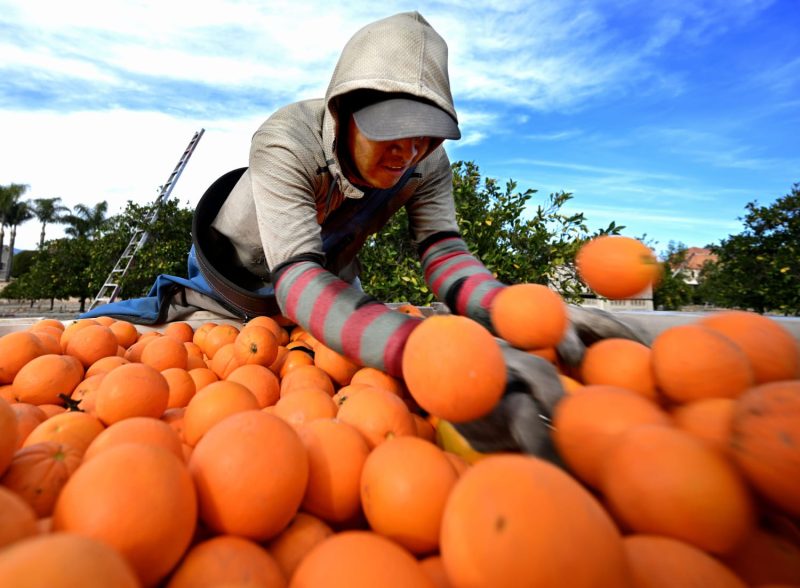In the realm of fruit juices, orange juice has long reigned supreme as a beloved morning beverage. However, recent developments in the orange juice market have caused prices to soar, leading some juice makers to explore alternative fruit sources. This shift is driven by a combination of factors, including weather patterns, disease outbreaks, and changing consumer preferences.
One of the primary drivers behind the surge in orange juice prices is the impact of unpredictable weather patterns on orange crops. Orange trees are sensitive to temperature fluctuations and require the right balance of warmth and sunlight to thrive. In recent years, regions that are traditionally ideal for orange cultivation have experienced unseasonal frosts, hurricanes, and droughts, leading to diminished harvests and lower-quality fruit. As a result, the supply of oranges has been unable to keep up with the demand for orange juice, pushing prices higher.
Another factor contributing to the increase in orange juice prices is the spread of citrus greening disease, also known as Huanglongbing. This devastating disease, caused by a bacterium spread by insect vectors, has ravaged citrus groves in major orange-producing regions such as Florida and Brazil. Citrus greening causes oranges to become misshapen, bitter, and unsuitable for juicing, further reducing the available supply of high-quality fruit for juice production. The costs associated with managing the disease and implementing preventative measures have added to the overall production expenses, thus driving up prices.
Beyond these challenges specific to orange cultivation, changing consumer preferences have also played a role in the evolving landscape of the fruit juice market. Health-conscious consumers are increasingly seeking out alternative fruit juices that offer unique flavors and perceived health benefits. As a result, juice makers are exploring a variety of fruits beyond oranges, such as pomegranates, berries, and exotic tropical fruits, to diversify their product offerings and appeal to a broader customer base.
In response to the escalating prices and supply challenges facing the orange juice industry, some juice makers are considering shifting their focus to alternative fruit sources. By diversifying their product lines, these companies can mitigate the impact of fluctuating orange prices and supply shortages while tapping into new market opportunities. Additionally, the incorporation of different fruits in juice blends can create innovative flavor profiles and cater to the evolving tastes of consumers.
In conclusion, the spike in orange juice prices stemming from weather-related disruptions, disease outbreaks, and changing consumer preferences has prompted juice makers to reevaluate their sourcing strategies and product offerings. By exploring alternative fruit options, these companies can adapt to market dynamics, enhance product innovation, and continue to meet the demand for refreshing and nutritious fruit juices. As the orange juice industry navigates these challenges, the quest for the perfect morning beverage remains as vibrant and juicy as ever.


























